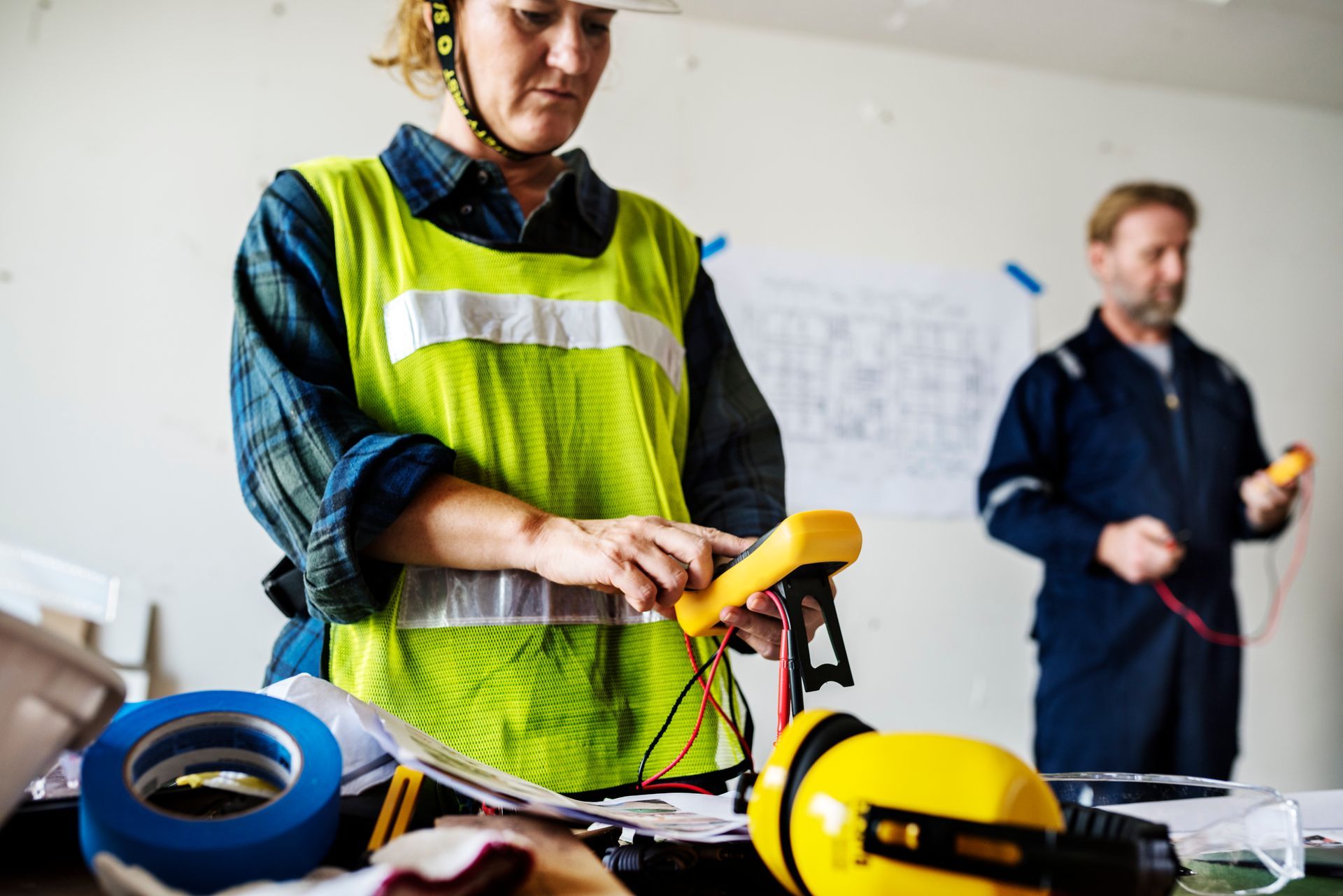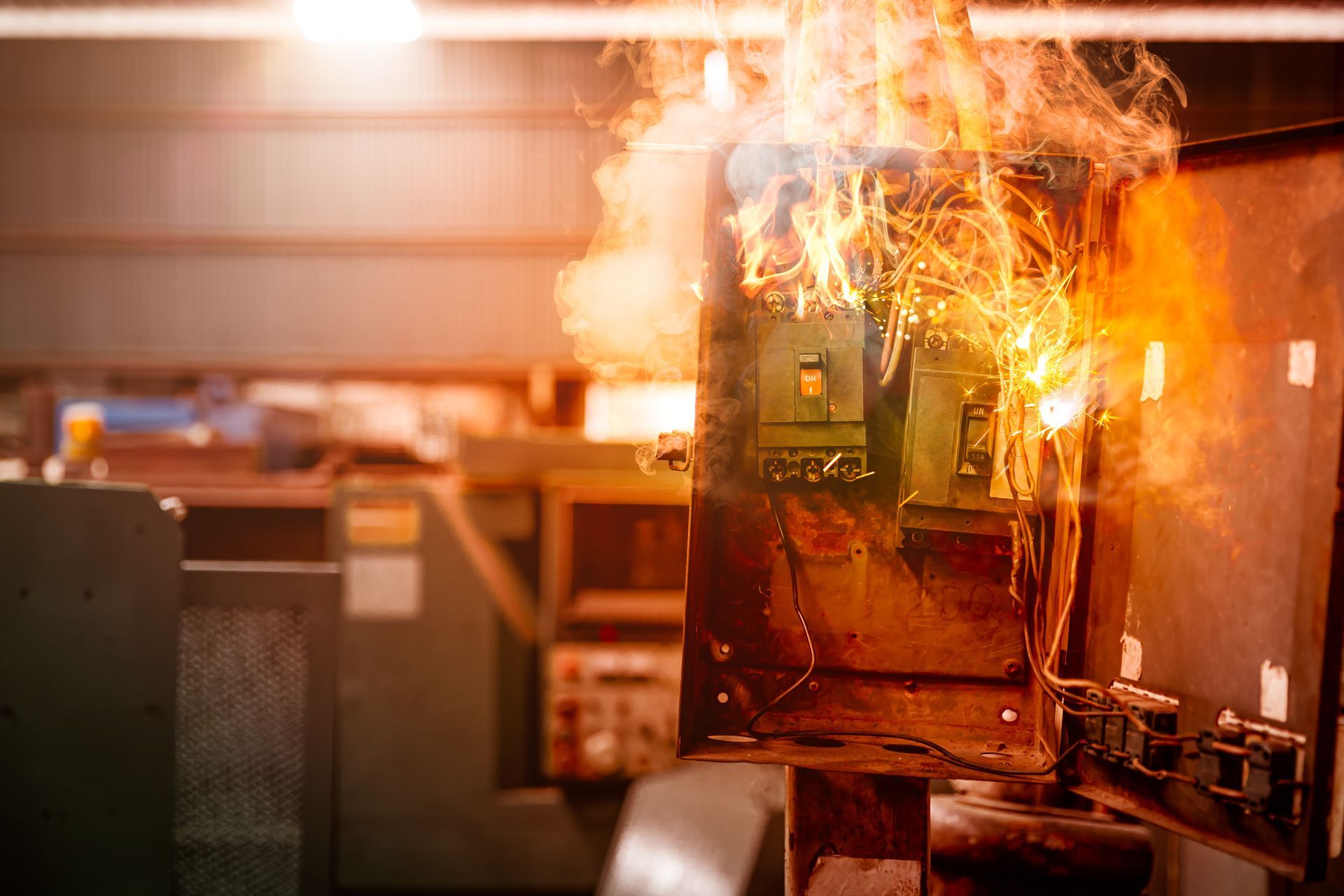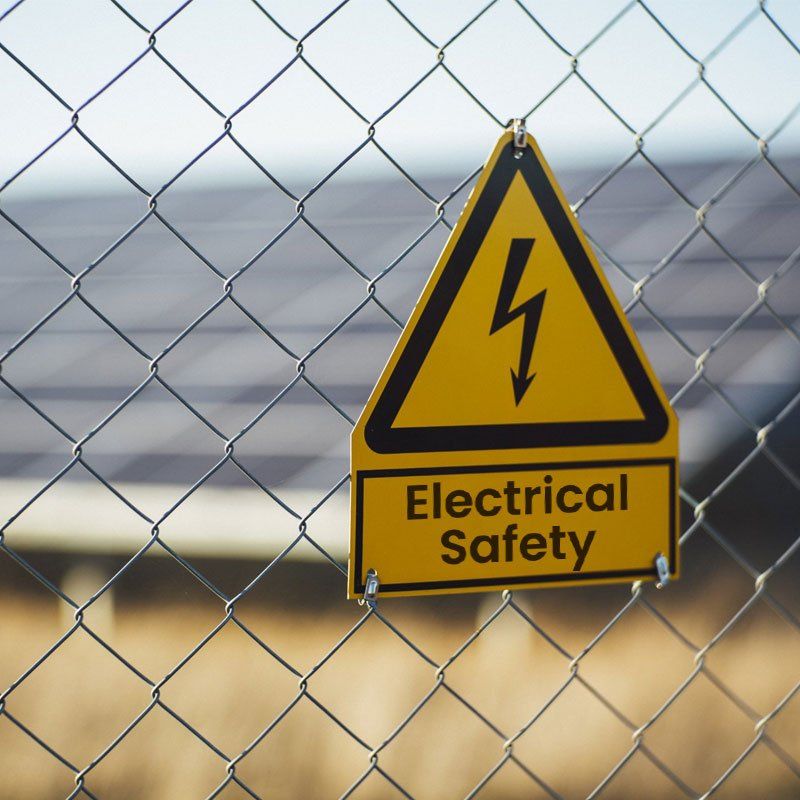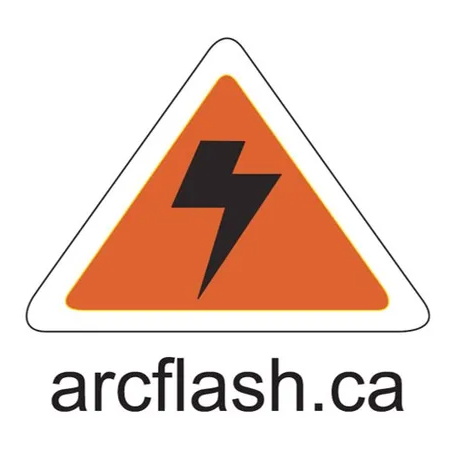Everything You Need to Know About Arc Flash Training
Electrical safety is a critical concern for professionals like electrical engineers, safety managers, and electricians. Among the many hazards in the field, arc flash incidents rank as some of the most dangerous, capable of causing severe injuries, equipment damage, or worse. If you work in Hamilton or Burlington, understanding what arc flash training involves and how it can protect individuals and assets is essential.

What is an Arc Flash?
An arc flash occurs when an electrical current leaves its intended path and travels through the air from one conductor to another, or to the ground. This can result in an explosion of heat, light, and molten material. Temperatures during an arc flash can reach up to 35,000°F (that’s hotter than the surface of the sun!), presenting significant risks for those nearby.
Common Causes of Arc Flashes
- Human Error (e.g., improper use of tools or equipment)
- Equipment Failure
- Incorrect Installation
- Dust and Impurities on conductors
- Loose Wiring or connections
Understanding these causes is the first step toward prevention, and training provides the framework to identify and mitigate these risks.
Why is Arc Flash Training Important?
Arc flash training is not just important; it’s often a legal requirement. It ensures that workers are not only aware of the hazards but are proficient in recognizing and controlling them. Here’s why it matters:
1. Protects Lives
With temperatures exceeding 35,000°F, an arc flash can cause severe burns, shrapnel injuries, and even fatalities. Proper training equips workers with the knowledge to avoid dangerous situations.
2. Reduces Equipment Damage
Beyond personal injury, arc flashes can severely damage electrical equipment, costing thousands of dollars in repairs. Training teaches preventive measures to protect machinery and infrastructure.
3. Regulatory Compliance
Both Ontario’s Occupational Health and Safety Act (OHSA) and CSA Z462 dictate workplace standards regarding arc flash safety. Training ensures compliance with these regulations, reducing the risk of penalties or shutdowns.
4. Improves Workplace Confidence
Workers who receive arc flash training feel more confident and prepared, boosting overall productivity and morale.
What Does Arc Flash Training Cover?
Arc flash training programs are designed to provide comprehensive education on electrical safety. A typical course will include:
- Understanding Arc Flash Hazards: Detailed explanations of what arc flashes are, how they occur, and their potential consequences.
- Risk Assessment Procedures: Teaching workers how to evaluate risks in daily tasks, including working near energized equipment.
- Proper Use of Personal Protective Equipment (PPE): Workers learn about PPE specific to arc flash protection, such as flame-resistant clothing, face shields, and voltage-rated gloves.
- Safety Protocols and Procedures: Including lockout/tagout (LOTO) processes, safe working distances, and emergency response plans.
- Regulatory Knowledge: Ensures compliance with CSA Z462 electrical standards and Hamilton-Burlington local workplace safety guidelines.
Choosing the Right Arc Flash Training in Hamilton and Burlington
If you’re based in Hamilton or Burlington, you need a training program that understands the unique local regulations and workplaces. Here’s what to look for:
1. Accredited Programs
Ensure that the training provider aligns with CSA standards and meets all Ontario-based requirements.
2. Experienced Trainers
Opt for courses taught by certified professionals with real-world experience in electrical safety.
3. Hands-On Learning
While theory is important, nothing beats practical, on-site training where workers can apply their knowledge.
4. Customizable Courses
Each workplace is different. Training relevant to your specific equipment and operational environment makes a big difference.
Arc Flash Training Requirements for Local Employers
Employers in Hamilton and Burlington have a responsibility to ensure the safety of their electrical workers. According to Ontario safety regulations, employers must:
- Conduct arc flash risk assessments in their facilities.
- Ensure workers have access to proper PPE.
- Provide annual or routine arc flash training to their staff.
- Post necessary warning labels on all electrical panels and equipment.
By understanding these requirements, businesses can create a safer working environment and avoid compliance issues.
Local Training Resources in Hamilton and Burlington
For workplaces in Hamilton and Burlington seeking reliable arc flash training services, several organizations specialize in delivering local and tailored courses. These institutions provide insights into local regulations, ensuring that your team is not only safe but also prepared to meet regional standards.
Arc flash training is more than an investment in safety—it’s a commitment to fostering a responsible, proactive workplace culture. Electrical engineers, safety managers, and electricians working in Hamilton and Burlington play a vital role in maintaining this culture, and proper training is the foundation.
Whether you’re upgrading your team’s knowledge or starting from scratch, make arc flash training a priority. It's not just about compliance; it’s about saving lives and securing the future of your business.
Ready to Prioritize Safety?
If you’re eager to enhance your team’s safety and comply with Ontario's stringent standards, contact a trusted training provider in the Hamilton-Burlington area today to get started! Remember, a safer workplace begins with knowledge. Call 905-691-2880 today!












